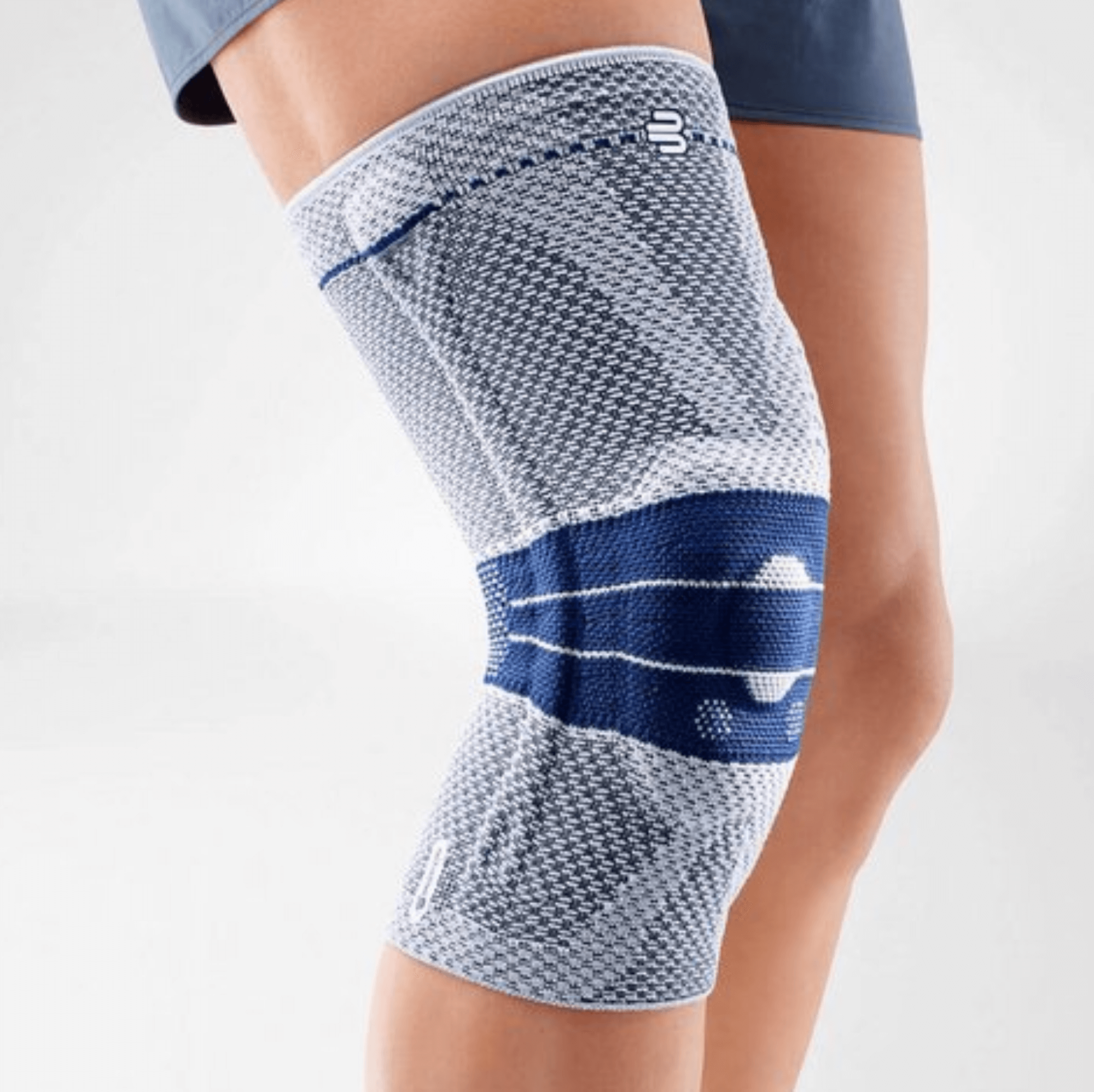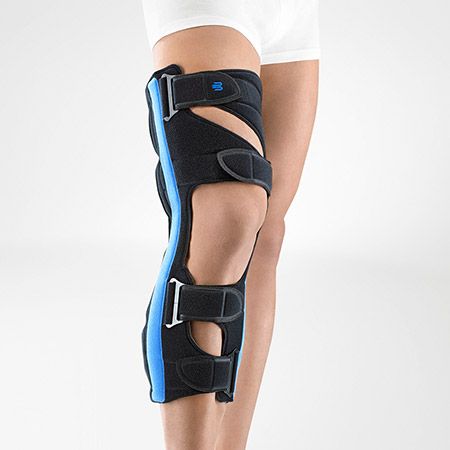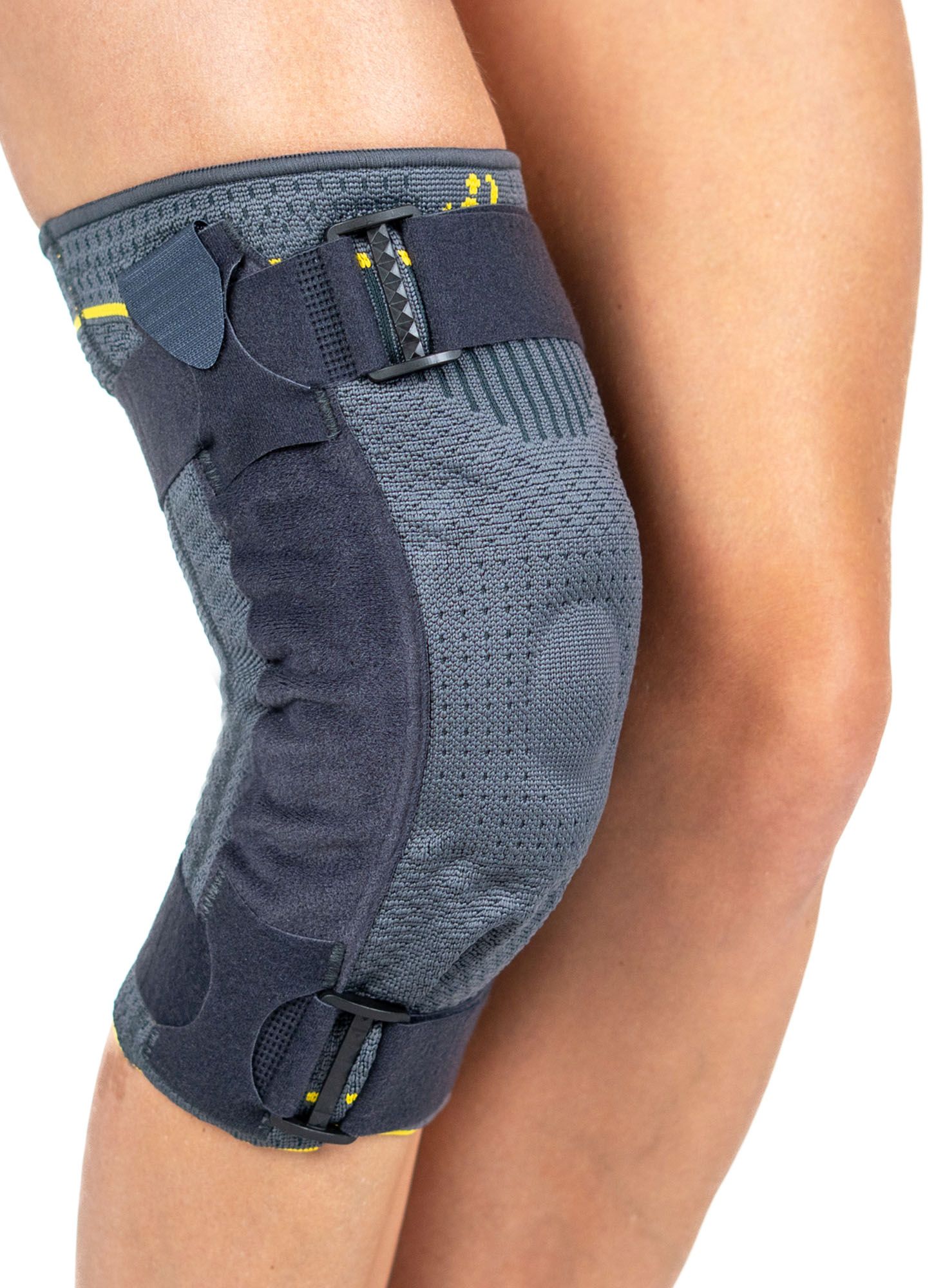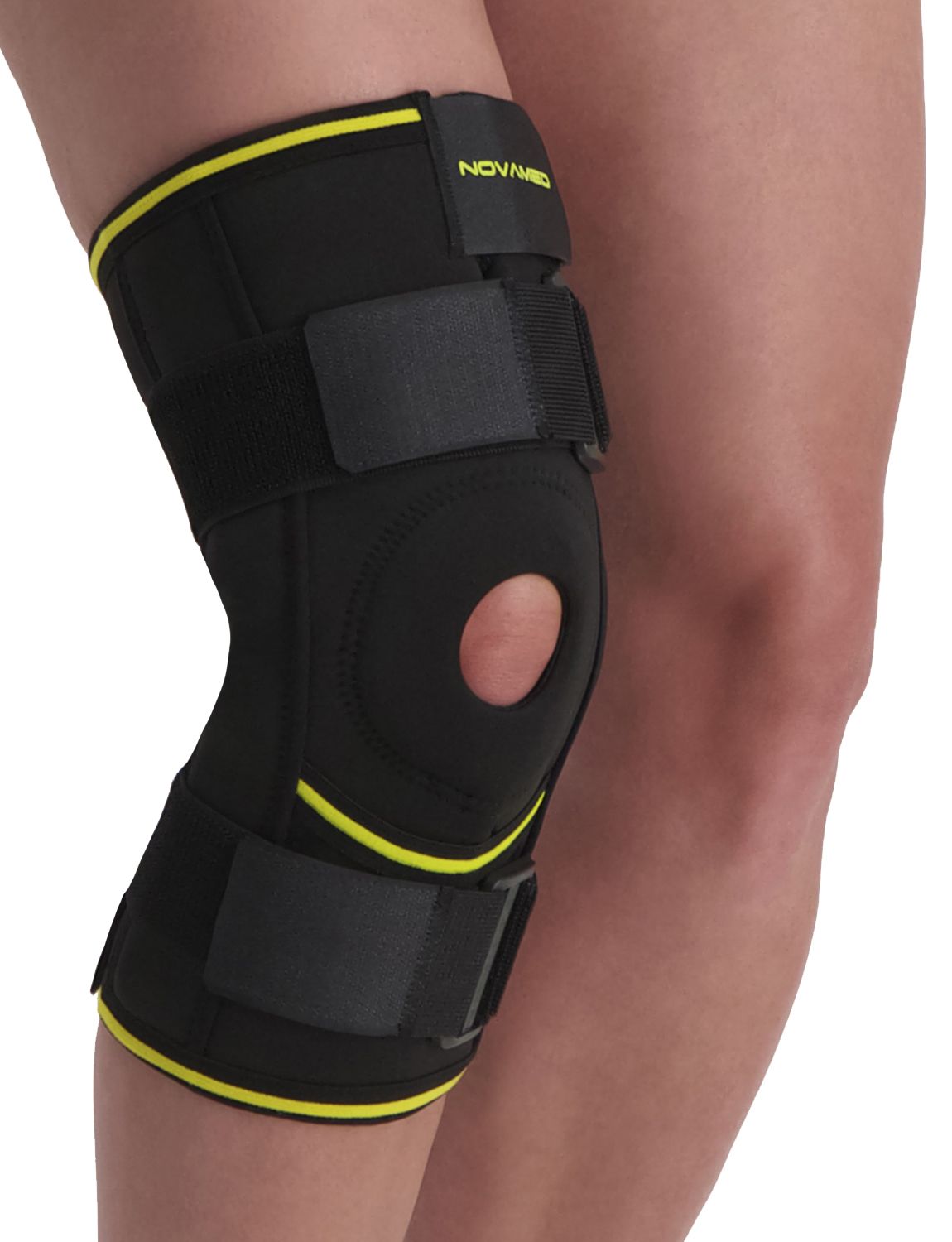Overstretched Knee
In cases of hyperextension, the lower leg moves beyond its normal range. Depending on how this occurs, the knee ligaments may become damaged. With hyperextension, the lower leg moves too far forward.
Grade 1: Sprain — the knee is more swollen than usual but remains stable. The knee may continue to hurt. With caution, this can heal on its own.
Grade 2: Partial tear — the knee is now unstable and swollen.
Grade 3: The cruciate ligament is completely torn, and the knee immediately becomes swollen and unstable. A popping sound is usually heard. If you're experiencing significant pain, the meniscus and medial ligament are likely also damaged.
Treatment of knee hyperextension
Depending on the severity of the knee injury, treatment may involve physical therapy or surgery. Surgery is usually required in cases of severe instability or Grade 3 injuries. The issue is confirmed through an arthroscopy or MRI scan. In Grade 3 injuries, a portion of the patellar tendon or hamstrings is used to replace the torn cruciate ligament. After about six weeks, you should be able to move well again and the tendon will have started to heal. After approximately six months, new living tissue will have formed in the knee to act as the new cruciate ligament. In Grade 1 and 2 cases, rest, cooling, and proper movement or exercises are usually enough for recovery. It's also advisable to consult a specialist for proper guidance. Often, a brace is a good alternative to support rehabilitation and/or prevent hyperextension. At Podobrace, we offer various knee braces that can provide support for this condition.

Bauerfeind GenuTrain S Hinged Knee Support

Bauerfeind GenuTrain A3 Knee Support
Protection level 2
Bauerfeind Genuloc Knee Splint
Protection level 3
Morsa GenuBerg M4 Hinged Knee Support

Novamed Lightweight Hinged Knee Support

Novamed Knee Support with Adjustable Hinges

Novamed MAX Hinged Knee Support with Crossed Straps

- Physiotherapist
- Sports podiatrist
- Manual therapist
- Podopostural therapist
- Myofascial dry needling specialist


